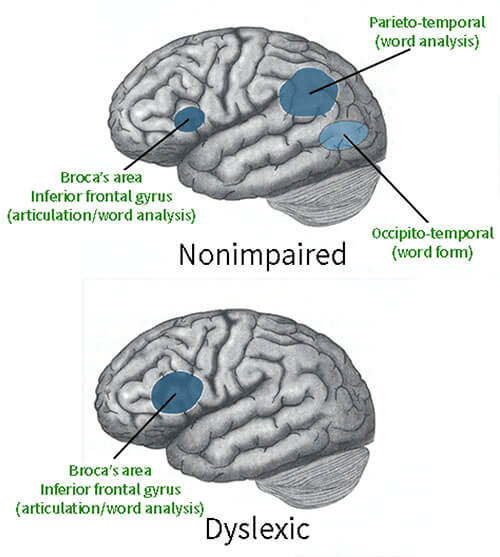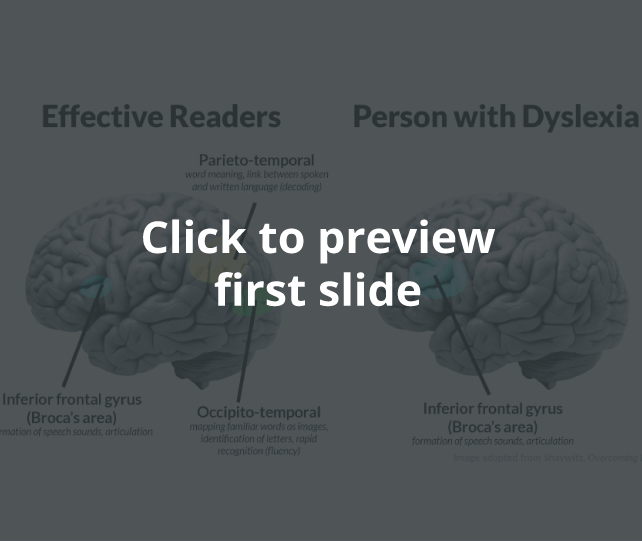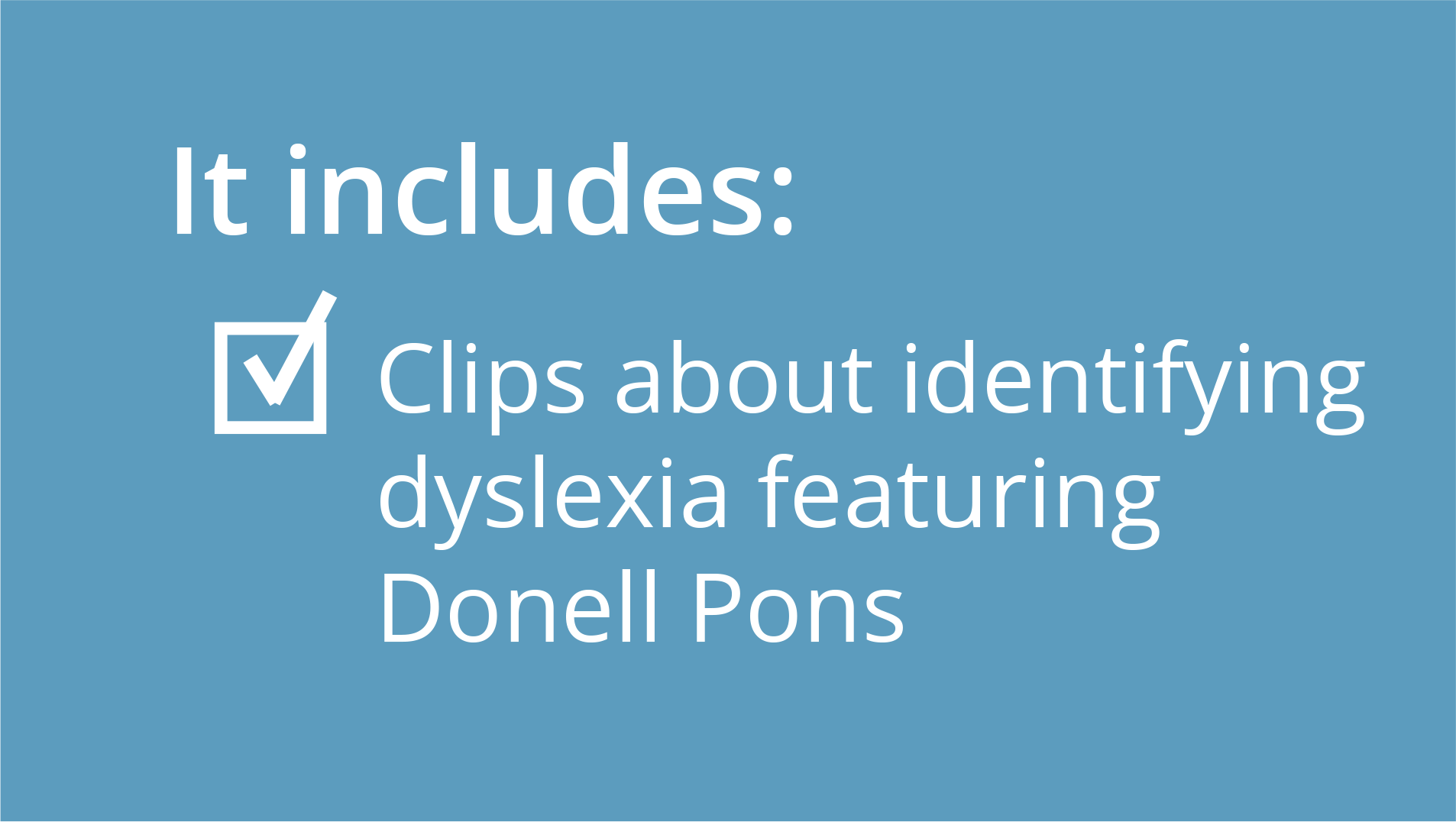Diagnosing Dyslexia
For Administrators
In the U.S., children who are having difficulties in school are legally entitled to request an evaluation through their local school district. Although these evaluations will not provide a diagnosis, children can receive intervention and special services under the label of Specific Learning Disability.
 |
Click to enlarge |
Obtaining a diagnosis of dyslexia is more complex. Dyslexia is considered a medical condition because it is a brain-based disorder. Medical doctors are authorized to diagnose dyslexia but typically have little training in dyslexia and learning disabilities. In order to make a diagnosis of dyslexia, most doctors rely on evaluation results provided by the child’s school. The majority of testing for dyslexia is done by neuropsychologists and licensed educational psychologists.
It is important to keep in mind that dyslexia is not a disease or physical condition, but a difference in how the brain processes language. Research indicates that three main areas underfunction in children with dyslexia as compared to neurotypical children. The image below illustrates this comparison.
Reading difficulties and failure to make progress are often identified in the classroom or by reading specialists. It is extremely important that educators receive the training to determine whether a pattern of these characteristics is consistent with dyslexia. Some of the most common characteristics of dyslexia include:
-
Delayed onset for talking
-
Poor receptive or expressive vocabulary
-
Difficulty learning the alphabet or counting
-
Problems recognizing or producing rhymes
-
Difficulty with letter-sound associations (phonics)
-
Difficulty with basic reading skills and automaticity
-
Poor spelling
Older students may exhibit:
-
Struggles with learning, using, and retaining vocabulary
-
Problems with reading comprehension
-
Difficulty with written expression


